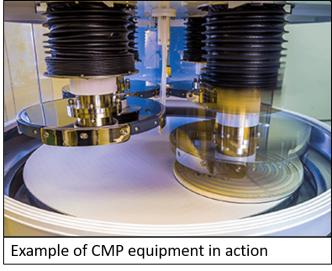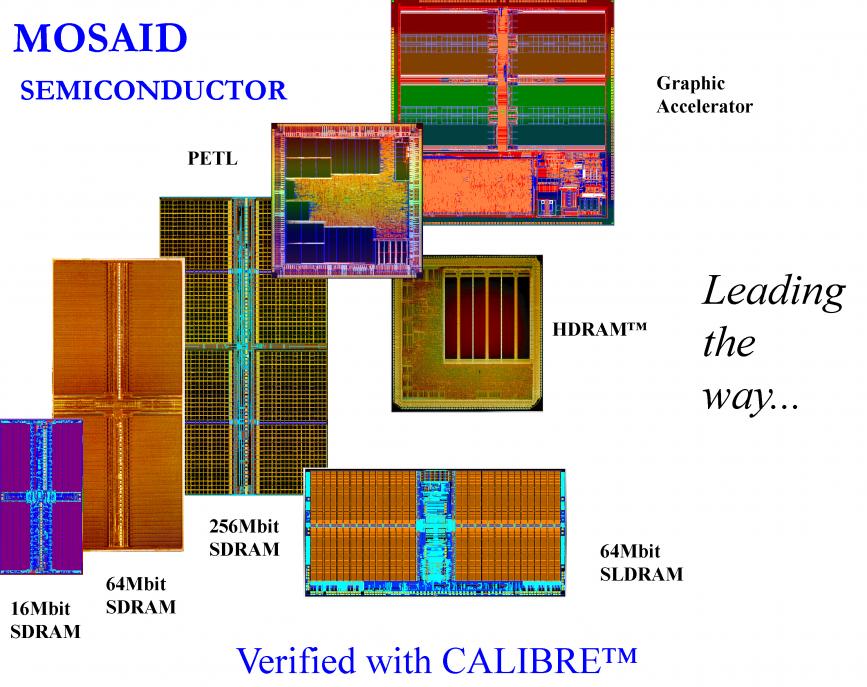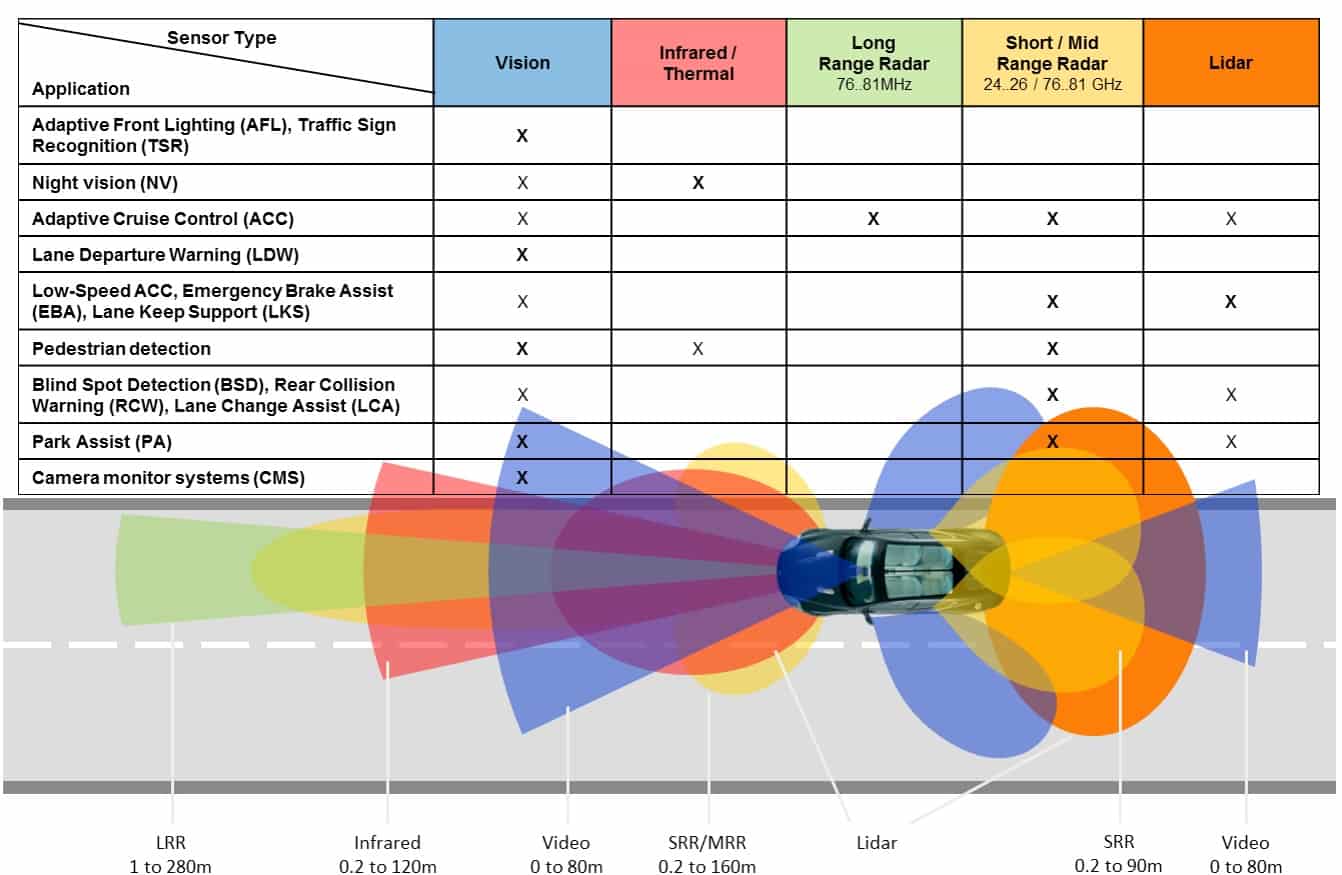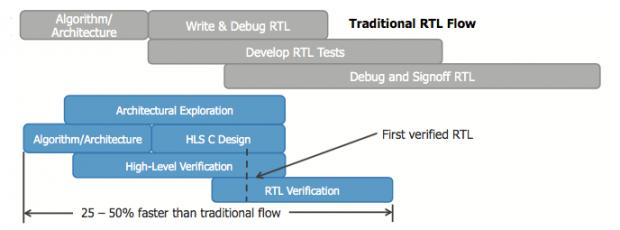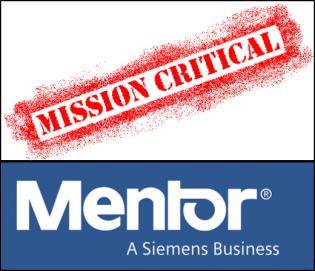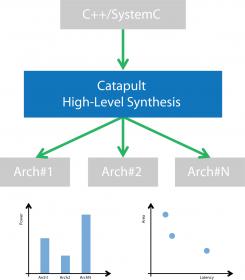Wally Rhines, President and CEO of Mentor, a Siemens Group, did another one of his famous deep learning presentations at SEMI ISS 2018. Using the Gompertz Curve Lifecycle to forecast the future growth of semiconductor markets, Wally looks at: Image sensors, Desktop PCs, PC Notebooks, Cell Phone Subscribers, Smartphones, and… Read More
Mentor Tessent Products Ready for Second Edition of ISO 26262 Coming in March 2018
Have you notice how smart your automobile is getting? Watching the first round of NFL playoffs I lost count on the number of TV commercials showing cars weaving through tight construction zones (and Star Wars figures), big trucks parking in incredibly tight spaces, cars avoiding rear-end collisions and pedestrians, and even … Read More
Mentor Investigates Using Neural Networks for CMP Modeling
I recently read a new white paper release by Mentor, a Siemens Business, that delved into the intricacies of Chemical Mechanical Polishing (CMP) and I got a sense of Déjà vu. My professional career in the IC industry started at Texas instruments and the white paper made me think of a conversation I had with one of my colleagues over … Read More
Is there anything in VLSI layout other than “pushing polygons”? (5)
Being new in Ottawa and trying to get some momentum towards automation in full custom layout I was telling industry people that I am interested to work with everybody to move this agenda forward. My Director of Engineering at that time, Peter Gillingham, took me to visit Carleton University in Ottawa. One of his professor friends,… Read More
Autonomous Vehicles Upending Automotive Design Process
The automotive industry has a history of bringing about disruptive technological advances. One only needs to look at the invention of the assembly line by Henry Ford to understand the origins of this phenomenon. Today we stand on the brink of a massive change in how cars operate and consequently how they are built. A number of automotive… Read More
HLS Rising
No-one could accuse Badru Agarwala, GM of the Mentor/Siemens Calypto Division, of being tentative about high-level synthesis. (HLS). Then again, he and a few others around the industry have been selling this story for quite a while, apparently to a small and not always attentive audience. But times seem to be changing. I’ve written… Read More
Test Compression for Mission Critical SoCs
With the advent of the Internet-of-Things (IoT), Industry 4.0, Cognitive Computing, and autonomous vehicles and robots we are seeing an unprecedented number of systems-on-a-chip (SoCs) going into mission-critical applications. To accomplish the complexity of these applications, SoCs are being manufactured in leading-edge… Read More
High Calibre Development Keeps Mentor on Top of the Game
One might be tempted to think that technology driven gains in computer performance might be enough to keep up with the needs of design and verification tools. We know that design complexity is increasing at a rate predicted by Moore’s Law. We also know that the performance of the computers used during IC development benefit from … Read More
Mentor FINALLY Acquires Solido Design
I say finally because it was a long time coming… almost ten years to be exact. I started doing business development work for both Solido and Berkeley Design Automation about ten years ago and have been trying to put them together ever since. The synergy was obvious, like peanut butter and jelly. In fact, this is my third time … Read More
High-Level Design for Automotive Applications
Automotive markets have added pressure on semiconductor/systems design through demand for ISO26262 compliance – this we all know. But they have also changed the mix of important design types. Once class of design that has become very significant in ADAS, and ultimately autonomous applications, is image signal processing (ISP).… Read More




